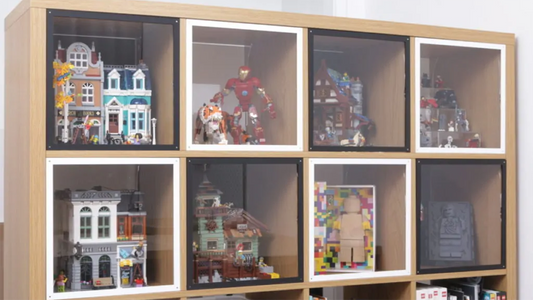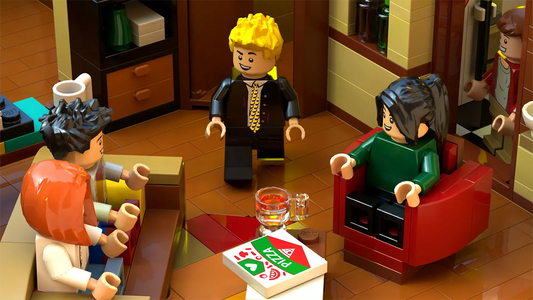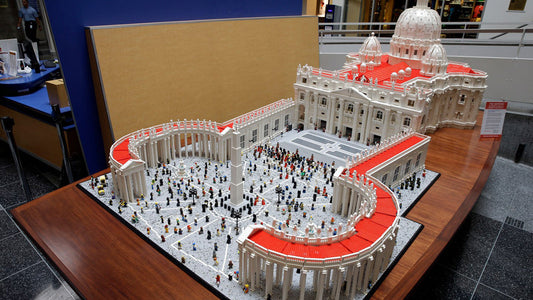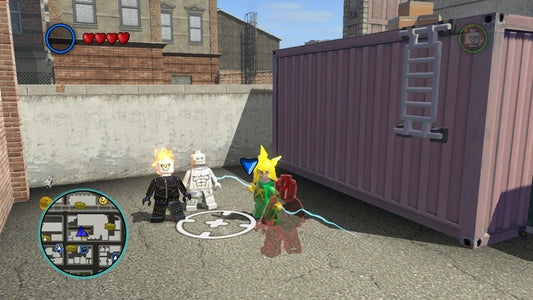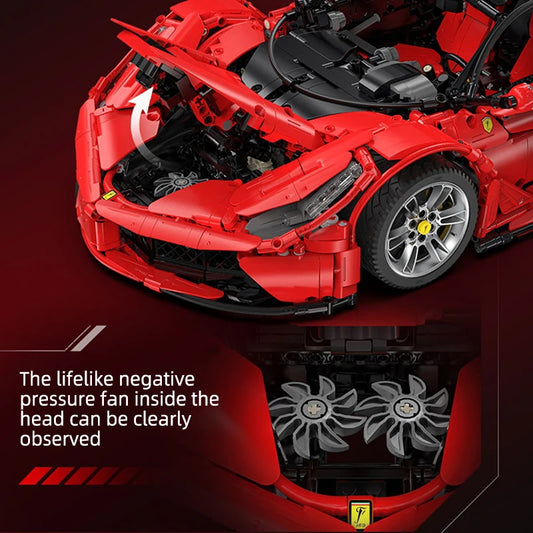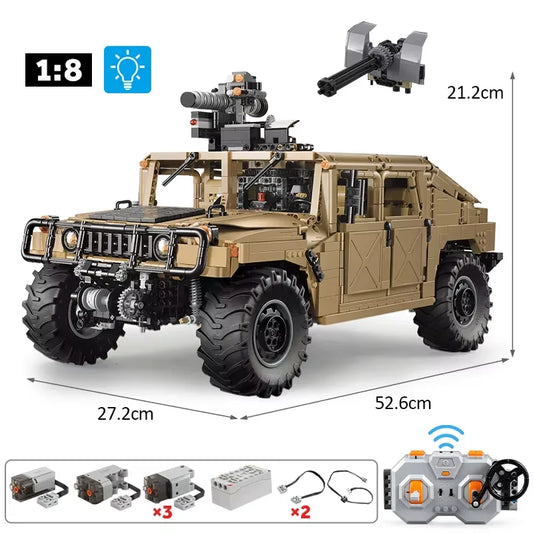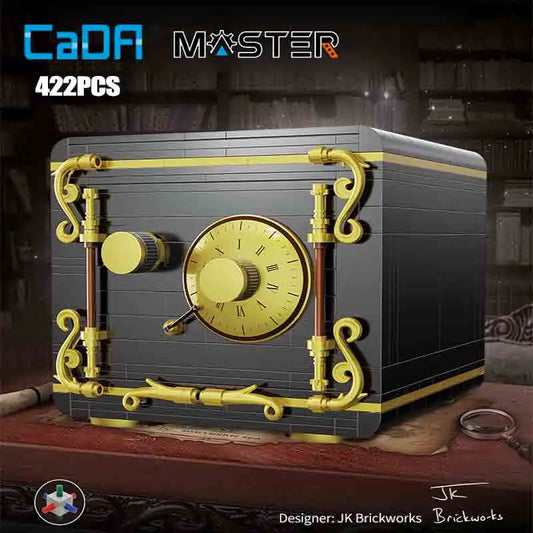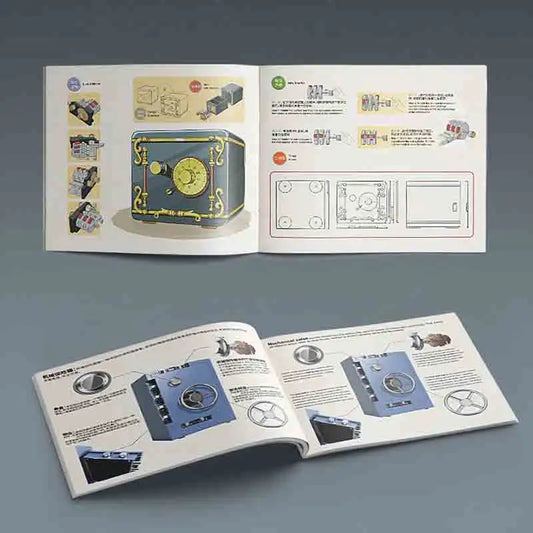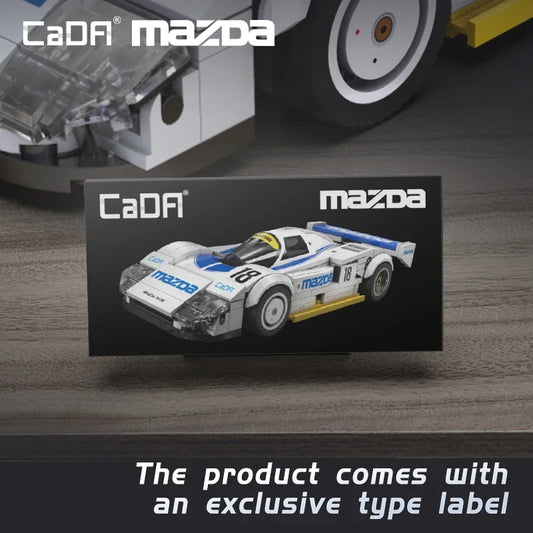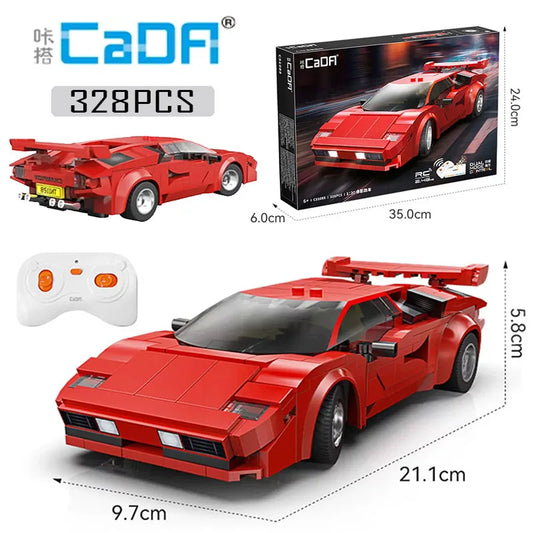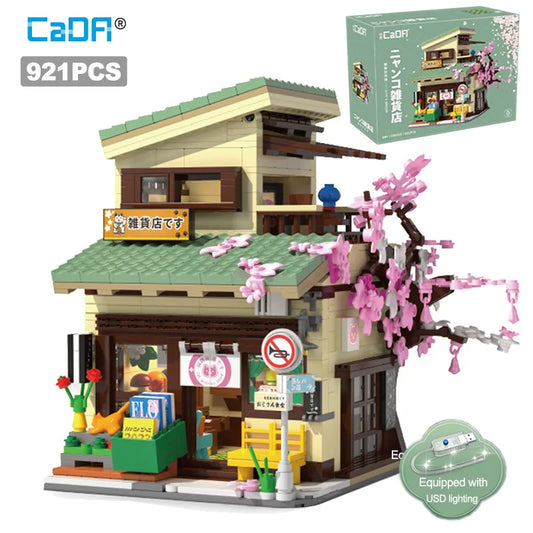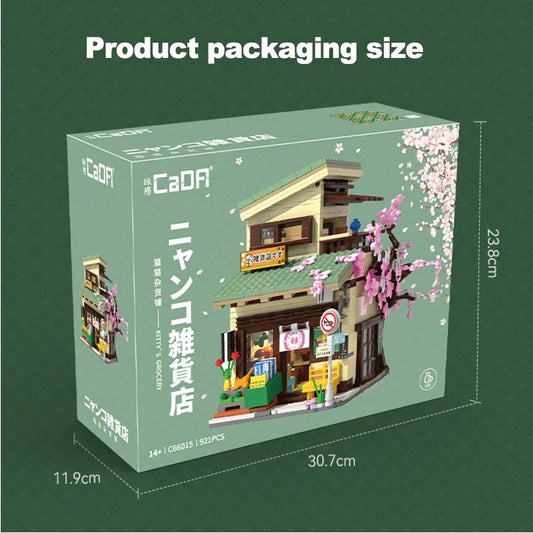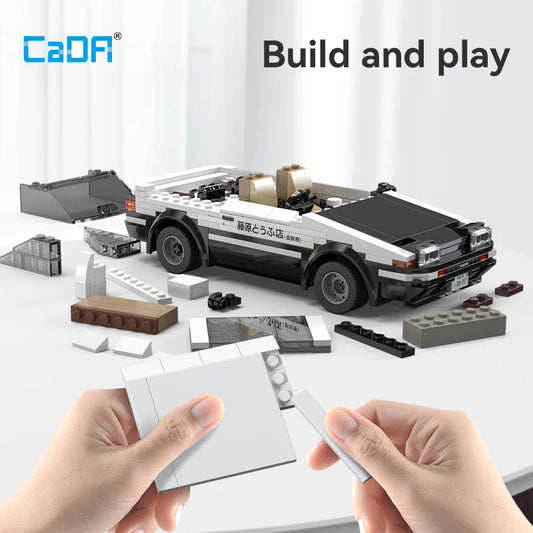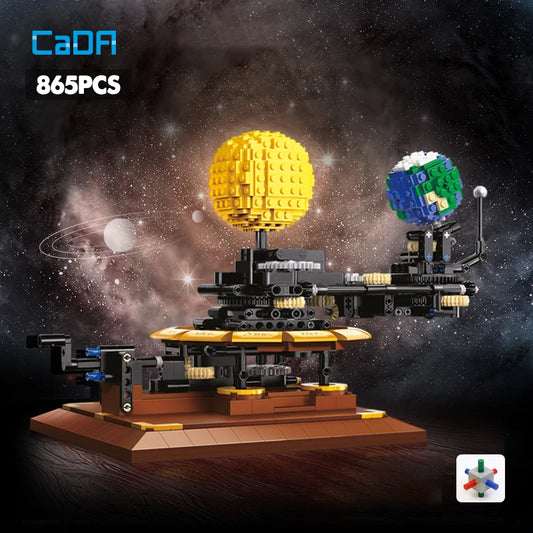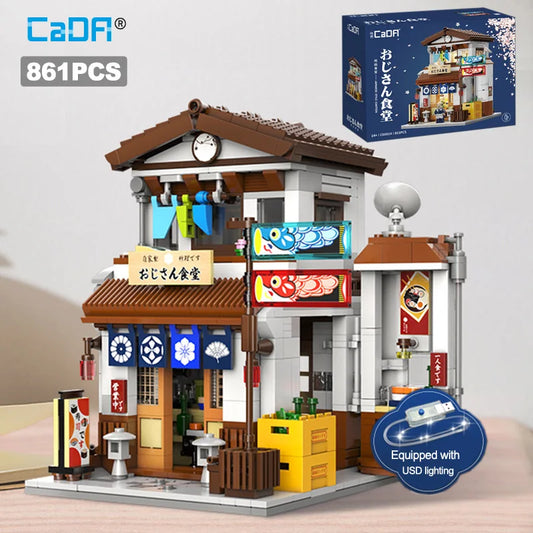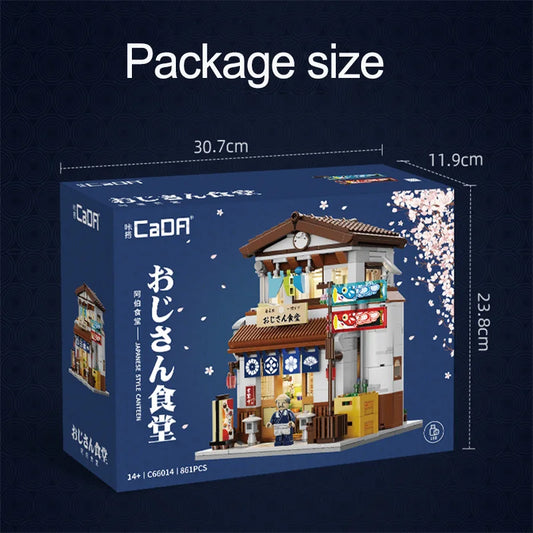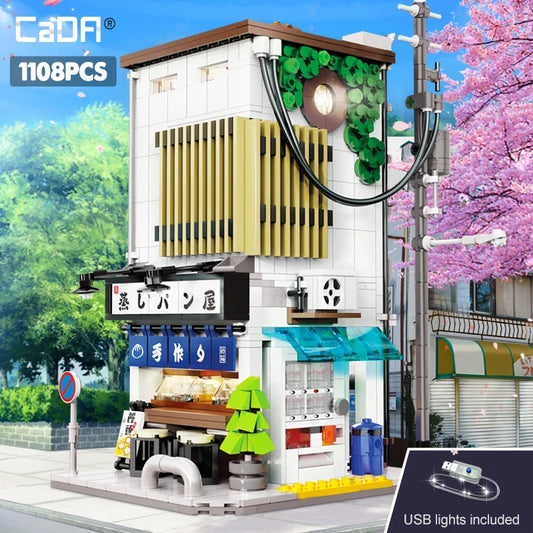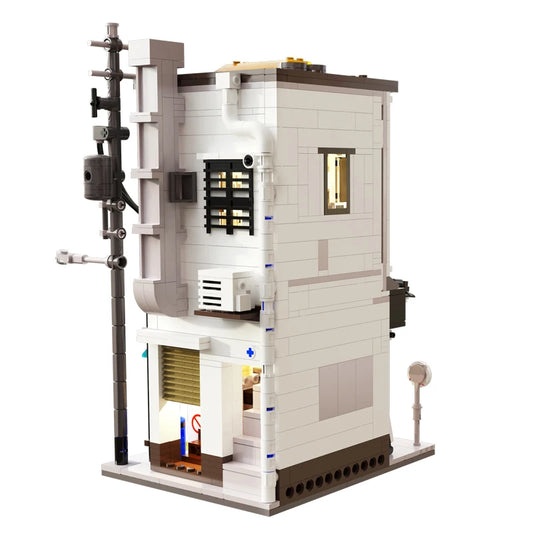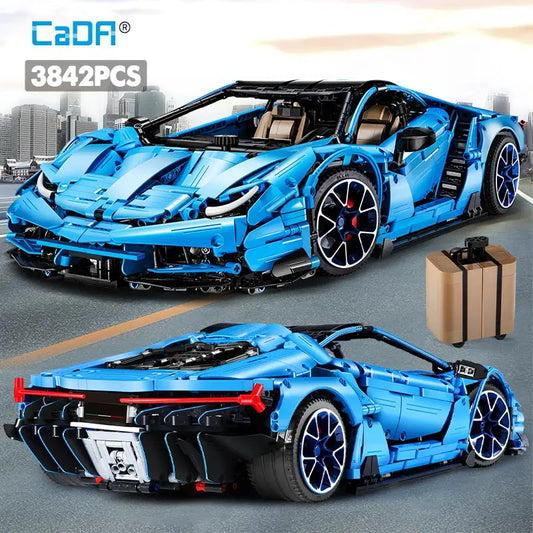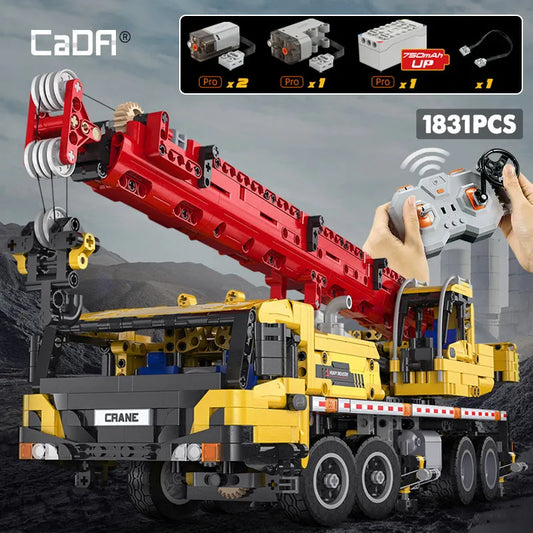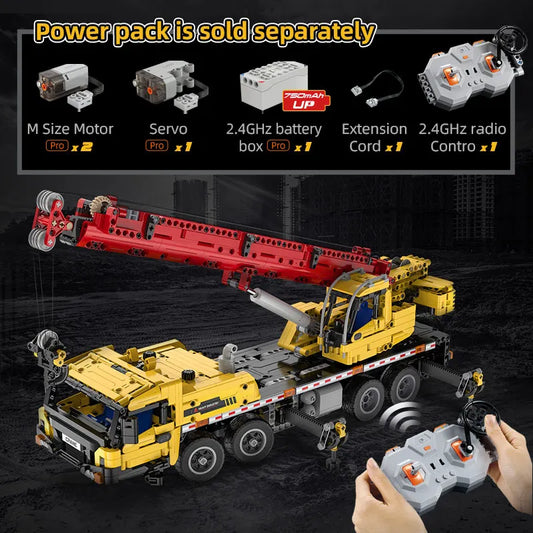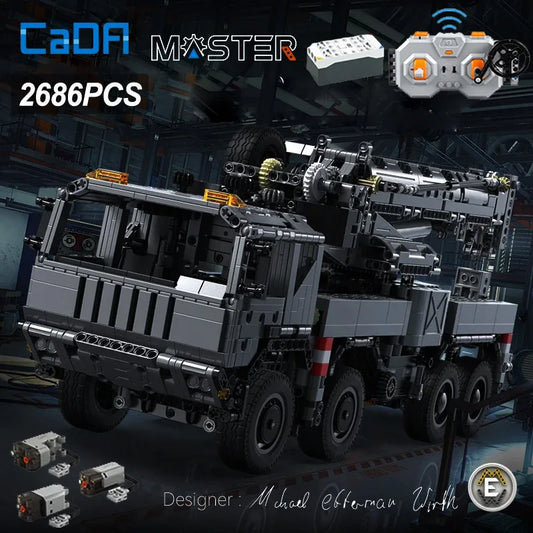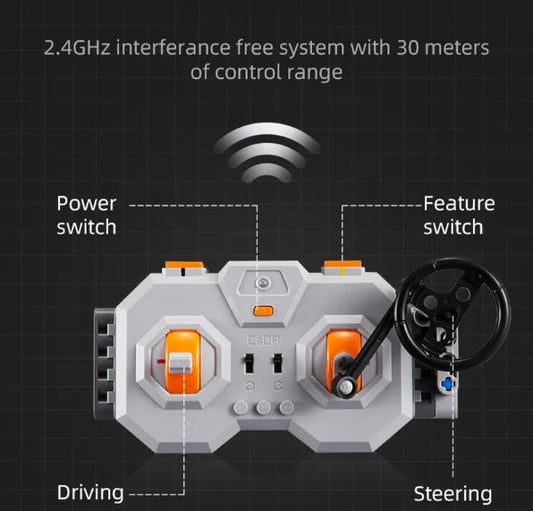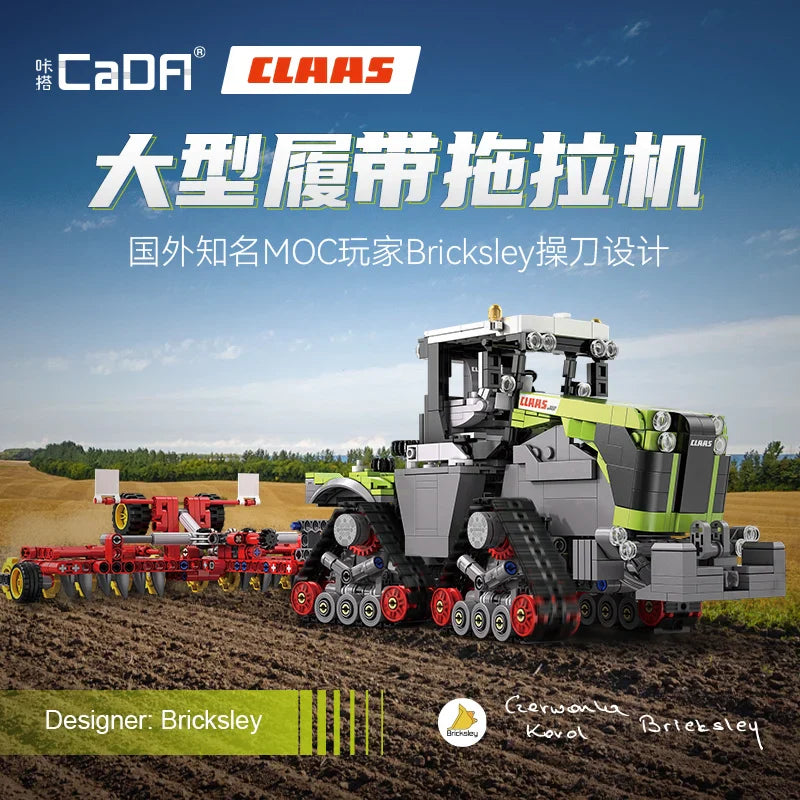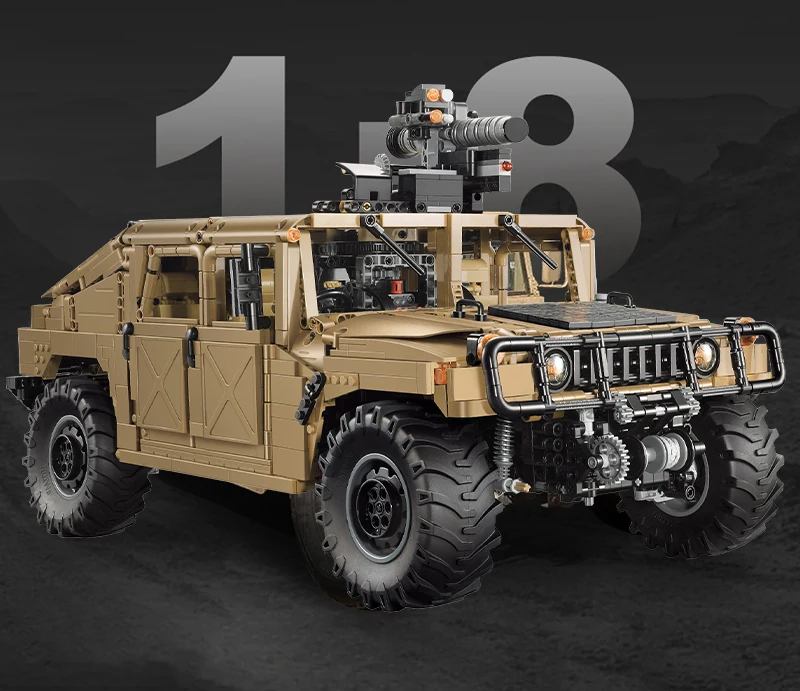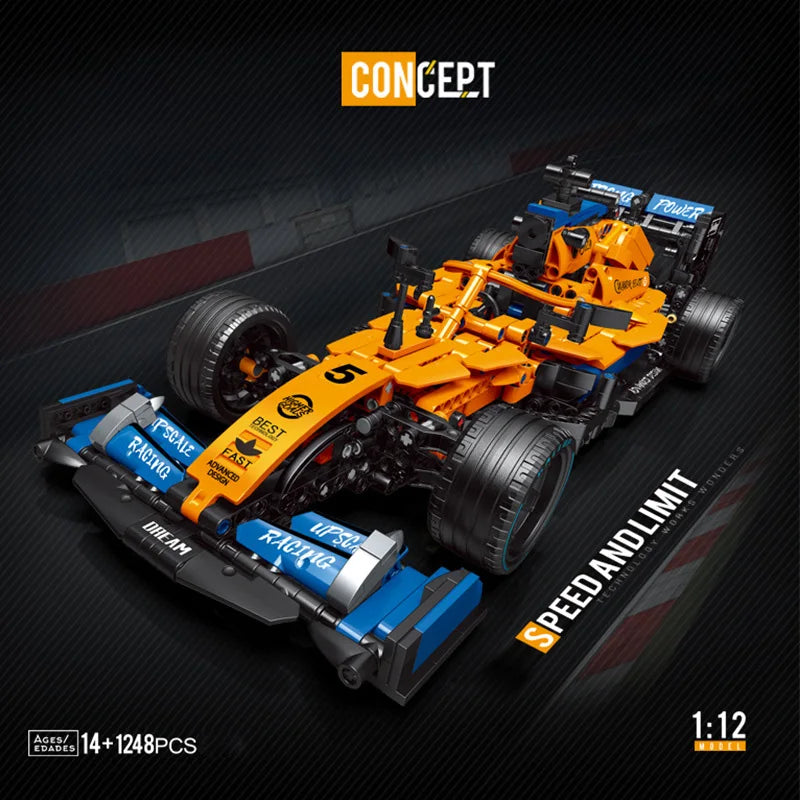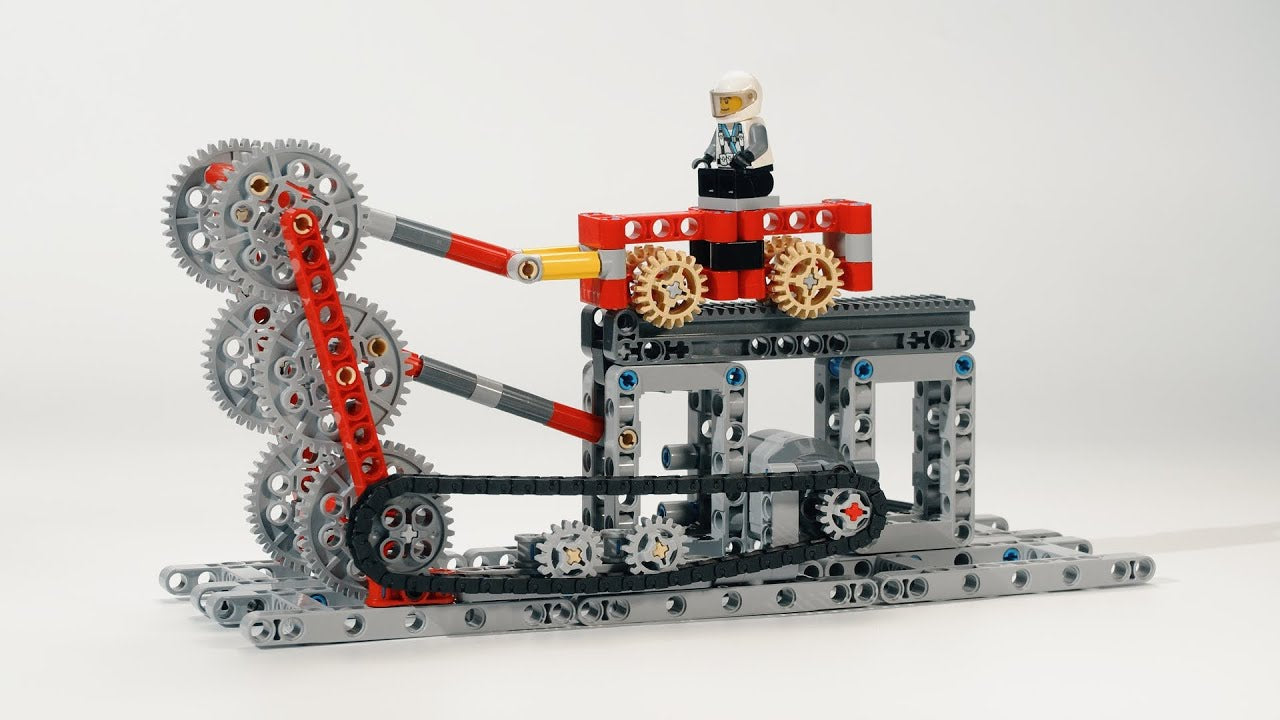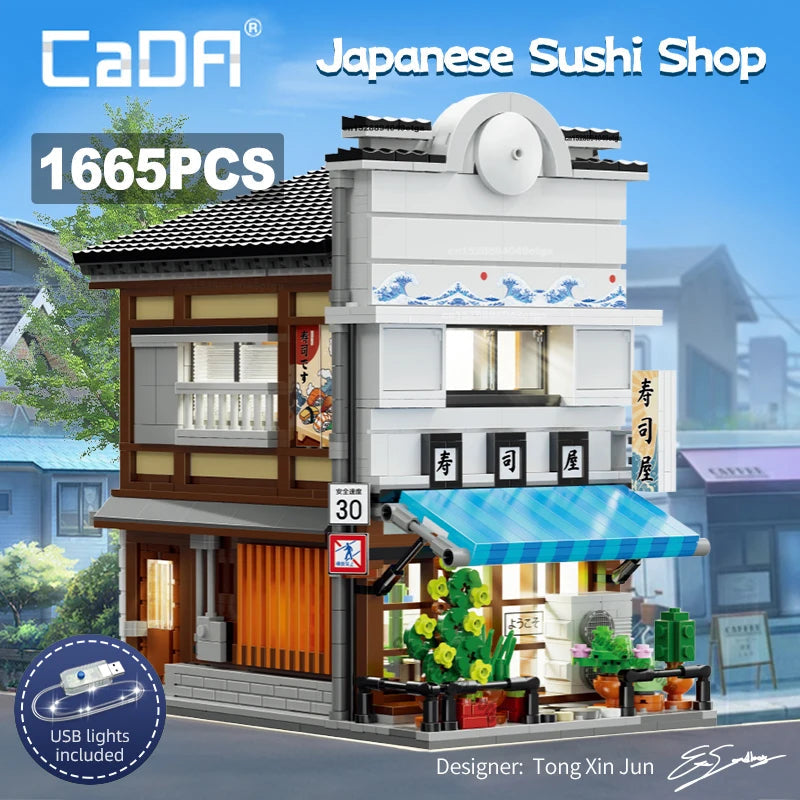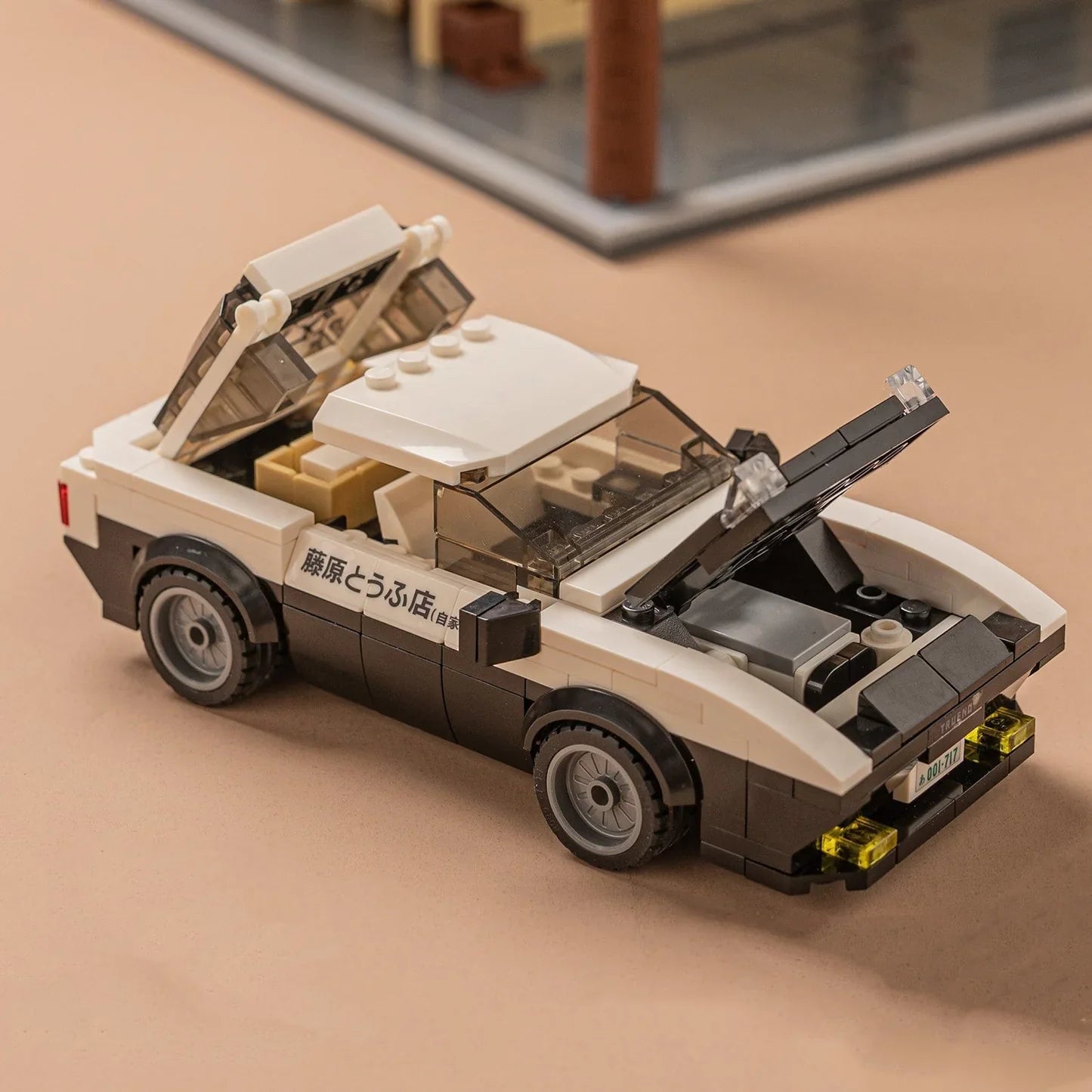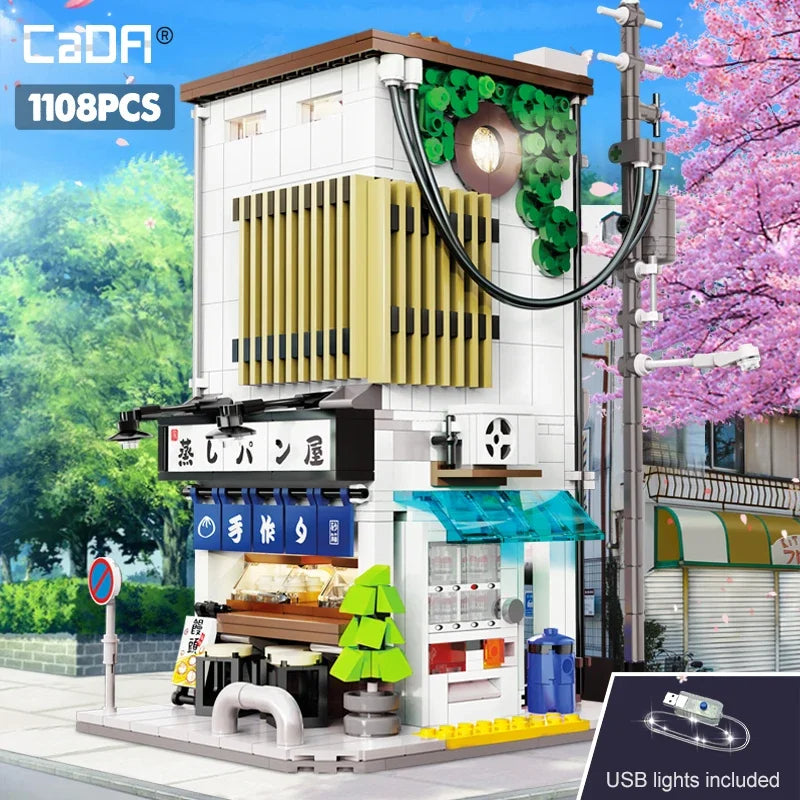Should I Keep My LEGO Boxes 2025
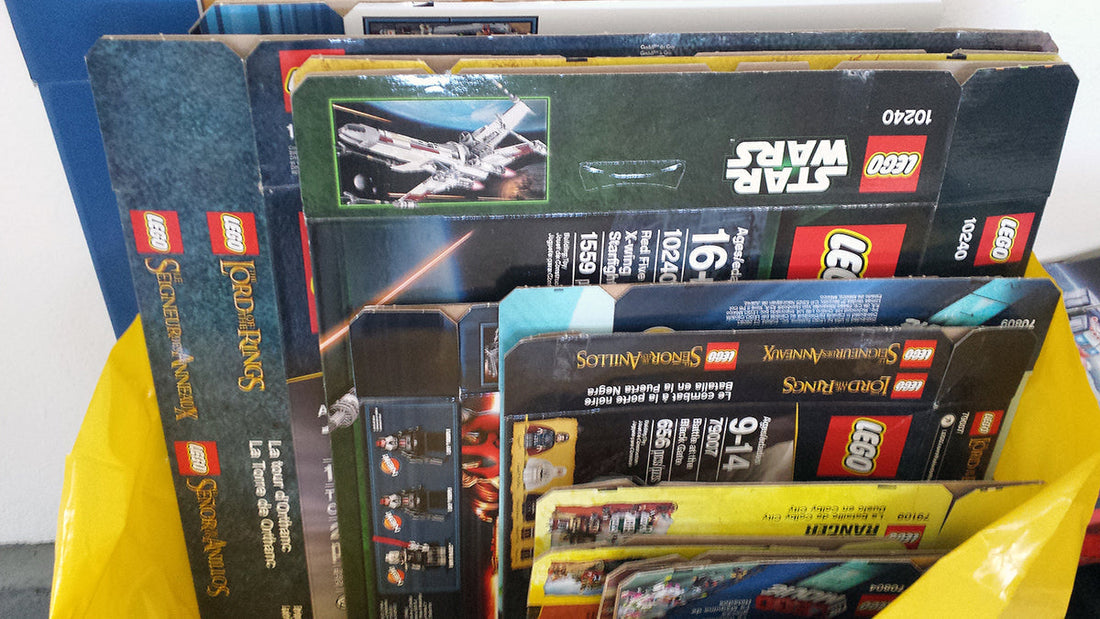
Share
If you are a LEGO enthusiast, collector, or investor, the question—“Should I keep my LEGO boxes?”—likely crosses your mind at some point. As someone who has delved deep into the world of LEGO collecting and investment, I can confidently say this is a nuanced question with tangible impacts on both the sentimental and financial value of your LEGO sets. In this article, I will share expert insights drawn from market analyses, preservation studies, and collector experiences to help you make an informed decision. Whether your goal is maximizing resale value, preserving your cherished memories, or optimizing storage, understanding the importance of LEGO boxes is essential.
LEGO boxes are often overlooked as mere packaging, but for many collectors, they are a crucial part of the LEGO experience—offering protection, aesthetic completeness, and sometimes substantial financial returns. Research shows that sets retaining their original boxes—especially in mint condition—can command significantly higher prices on secondary markets like Bricklink and eBay. For example, damaged or missing boxes can cause a resale value drop of 15% to 20% or more. This financial impact is why serious collectors and investors keep their boxes in meticulously controlled environments, prioritizing temperature, humidity, and light exposure to prevent deterioration.
Apart from monetary aspects, LEGO boxes carry emotional and nostalgic value, serving as a tactile memory of the build and the story behind each set. Yet, the reality is boxes take up space, can be vulnerable to damage, and require careful handling and storage discipline. In this comprehensive post, I will examine the pros and cons of keeping LEGO boxes, proven storage methods to preserve their condition, and best practices for balancing space efficiency with long-term investment goals.
CADA BRICKS® Best Sellers - SHOP NOW
Why Keeping LEGO Boxes Matters for Resale Value
The Financial Impact of LEGO Boxes on Resale Prices
Data from secondary market sales consistently shows that LEGO sets with original, well-preserved boxes sell for more than those without. According to expert analyses, unopened but damaged boxes can lead to about a 5% loss in value, while opened sets with intact packaging may lose around 15% in resale price. Missing boxes exacerbate losses, often resulting in a 20% or greater reduction in value.
This trend is especially pronounced for rare, retired, or limited-edition sets, where collectors prioritize completeness, including boxes and original manuals. For high-value sets above $200, preserving the box alone can sometimes fetch hundreds of dollars in resale. Therefore, the box is not just packaging—it is an intrinsic part of the collectible’s worth.
The Role of Box Condition
Of equal importance is the condition of the LEGO box. Even small creases, dents, or discoloration can hurt collector appeal and value. As reported, flattening boxes improperly or exposure to moisture and sunlight can reduce their attractiveness and market price by up to 20%. Therefore, collectors often adopt specialized storage techniques to maintain box integrity over time.
CADA BRICKS® Supercars - SHOP NOW
CADA BRICKS® Best Sellers | CADA BRICKS® Supercars & Racing Cars | CADA BRICKS® Trucks & Construction | CADA BRICKS® Military & Weapons | CADA BRICKS® Initial D
Practical Benefits of Keeping LEGO Boxes
Protection and Organization
Keeping LEGO boxes offers practical advantages beyond just resale value. The box provides a protective shell that helps prevent loss or damage to bricks, especially during moves or long-term storage. Boxes also aid in keeping the set’s pieces organized and contained, reducing the risk of missing parts or accidental mixing with other sets.
Emotional and Collector Value
Many LEGO fans keep boxes for sentimental reasons, appreciating them as part of the overall LEGO experience—the artwork, instructions, and packaging combine to tell the story of each set’s purchase and assembly. The box often becomes a nostalgic keepsake, a visual and tactile memory trigger bridging childhood and adulthood passion.
Drawbacks and Challenges of Keeping LEGO Boxes
Space Consumption
LEGO boxes, particularly for large sets, consume significant storage space. This can become a pressing issue for collectors with sizeable collections or limited storage. Boxes stacked or laid out require room that some might find prohibitive.
CADA BRICKS® City Landmarks - SHOP NOW
CADA BRICKS® Licensed Cars | CADA BRICKS® Classic Cars | CADA BRICKS® Motorcycles & Bikes | CADA BRICKS® Off-Road & 4x4 | CADA BRICKS® Emergency Vehicles
Susceptibility to Damage
Cardboard boxes are vulnerable to environmental threats including moisture, UV light, pests, and temperature fluctuations. Improper storage can lead to warping, fading, mold, or structural damage that diminishes their value and aesthetic appeal.
Additional Storage Costs and Effort
Beyond physical space, storing boxes properly to preserve their condition demands effort and sometimes investment—like climate control, protective wrapping, or dedicated shelving. For some, this effort outweighs the benefit, especially if the main value comes from the bricks themselves rather than the packaging.
CADA BRICKS® Technic Sets - SHOP NOW
CADA BRICKS® Japanese Street | CADA BRICKS® City & Landmark | CADA BRICKS® Science & Educational | CADA BRICKS® Technic | CADA BRICKS® Modern Architecture
How to Properly Store Your LEGO Boxes: Best Practices
Climate Control: Temperature and Humidity
Maintaining a stable environment is key. Ideal conditions include a temperature range of 57°F to 68°F (14°C to 20°C) and humidity between 40-60% to prevent warping and mold growth on the cardboard. Using a hygrometer and dehumidifier where needed helps maintain these standards.
Avoid Sunlight and UV Exposure
Prolonged exposure to direct sunlight or UV light causes discoloration and fading of box artwork. Store boxes in darkened rooms or use UV-protective window films and sleeves to safeguard colors and printed surfaces.
Storage Orientation and Handling
Experts recommend storing boxes flat instead of upright to prevent warping, especially for larger and heavier sets. Rotating boxes periodically between flat and upright can reduce stress in a single orientation. When handling, avoid tight wrapping that causes creasing. Use cotton gloves if possible to prevent oils from skin damaging the printing.
CADA BRICKS® Display & Collectibles - SHOP NOW
CADA BRICKS® Castle Building Blocks | CADA BRICKS® City Building | CADA BRICKS® Remote Control | CADA BRICKS® Display & Collectibles | CADA BRICKS® Anime & Pop Culture
Protective Materials
Wrap boxes loosely in bubble wrap, acid-free tissue paper, or archival-quality materials to protect against dents, scratches, and other physical damage. Avoid plastic wraps that trap moisture.
Organize by Size and Importance
For space efficiency, nest smaller boxes inside larger ones and stack lighter boxes on top. Consider flattening boxes of lower value sets, but keep rare or valuable ones intact—balancing space saving with value preservation.
Alternatives and When You Might Not Need to Keep LEGO Boxes
If your primary interest is casual building enjoyment rather than collecting or investing, you might choose to discard boxes to free space. Additionally, instruction manuals are available online, reducing the need for keeping physical copies.
For newer, less rare sets that are less likely to appreciate in value, the return on storage effort diminishes. Flattening boxes for space or recycling them can be a practical choice, but always keep high-value or nostalgic sets boxed and protected.
CADA BRICKS® Remote Control Sets - SHOP NOW
CADA BRICKS® Mechanical Engineering Building Blocks | CADA BRICKS® Kids Building Blocks | CADA BRICKS® Teens Building Blocks | CADA BRICKS® Adult Building Blocks
Final Thoughts on Whether to Keep Your LEGO Boxes
In my experience as both a LEGO enthusiast and someone who tracks the collectible market closely, keeping your LEGO boxes is highly recommended if you want to preserve or increase the value of your sets over time. The boxes do much more than cradle the bricks—they protect the set, communicate its identity, and maintain its collectible allure.
While space and effort are real considerations, smart storage techniques and climate control can mitigate risks. For the serious collector or investor, preserving original boxes is as important as preserving the bricks themselves. Casual builders may weigh space constraints more heavily, opting to keep only boxes for prized or limited-edition sets.
Ultimately, the decision to keep or discard LEGO boxes boils down to your personal goals, available space, and appreciation for the sets beyond just the bricks. By understanding the value, risks, and proper storage methods, you can confidently curate your LEGO collection for years of enjoyment and potential financial reward.
If you want to explore dedicated LEGO storage solutions or advanced preservation tips, I recommend checking out specialist forums and guides to deepen your expertise and optimize your collection care.









